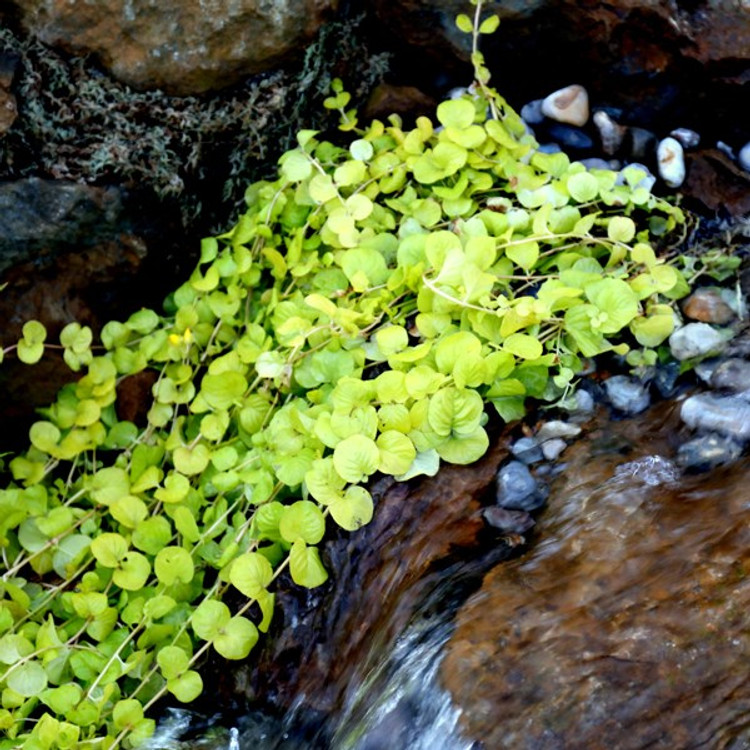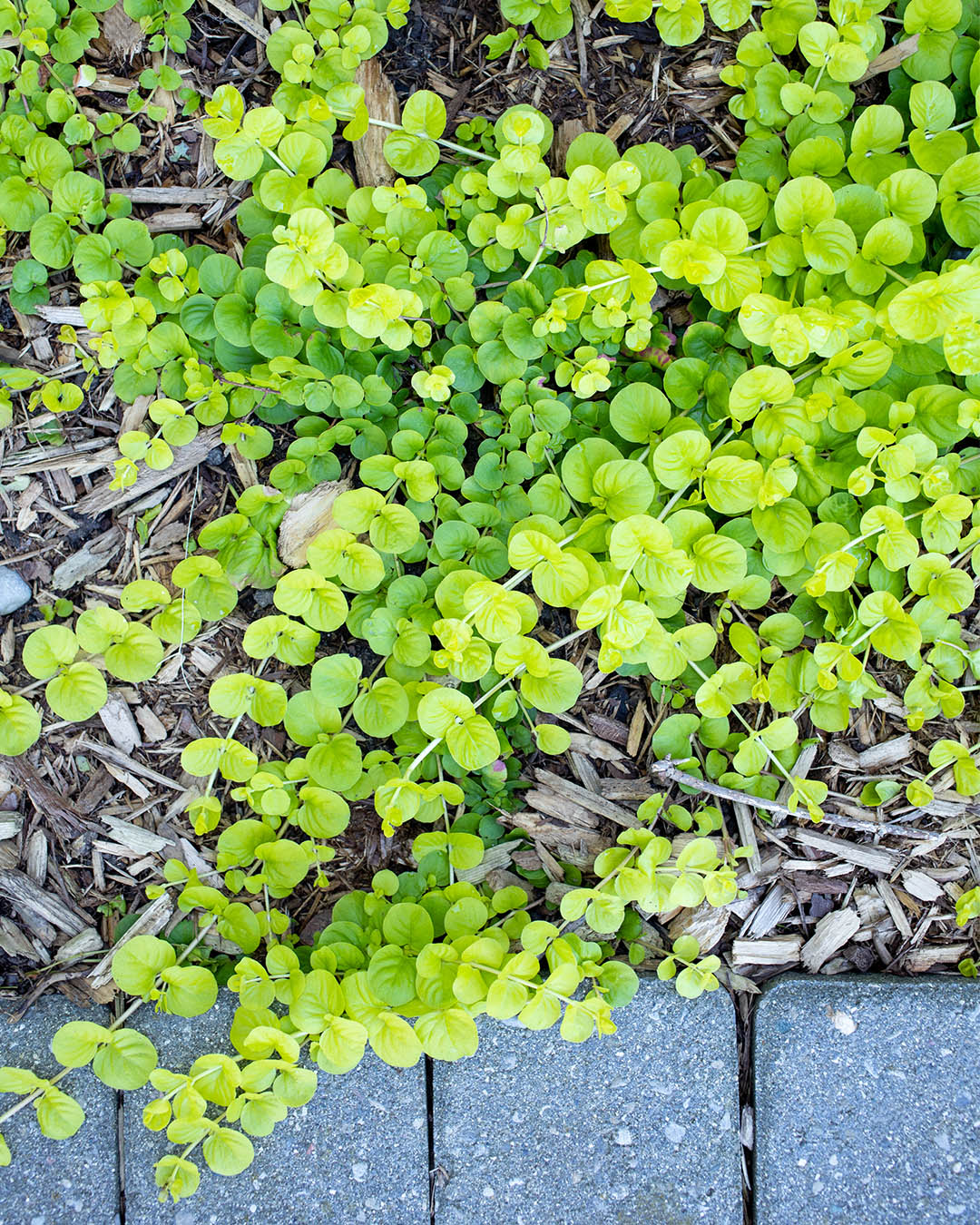Discover the Ideal Conditions for Thriving Creeping Jenny
When it comes to learning how to grow Creeping Jenny, understanding the optimal growing conditions is crucial for its success. This versatile, golden-leaved plant can thrive in a variety of settings, but it does have its preferences. To create an ideal environment, it’s essential to provide Creeping Jenny with the right amount of light, temperature, and soil conditions. By doing so, you’ll be rewarded with a lush, vibrant display that will add beauty and charm to any garden or indoor space. Light, in particular, plays a vital role in Creeping Jenny’s growth, with partial shade to full sun being the ideal range. Temperature-wise, this plant prefers cooler temperatures, ranging from 65°F to 75°F (18°C to 24°C), making it an excellent choice for indoor containers or outdoor gardens in temperate climates. Soil requirements are also critical, with Creeping Jenny thriving in well-draining, fertile soil with a slightly acidic to neutral pH.
Choosing the Right Soil for Your Creeping Jenny
When it comes to learning how to grow Creeping Jenny, selecting the perfect soil type and pH level is crucial for its success. Creeping Jenny thrives in well-draining soil that is rich in organic matter, with a slightly acidic to neutral pH ranging from 6.0 to 7.0. To achieve this, it’s essential to choose a high-quality potting mix specifically designed for flowering plants or herbs. If your soil is heavy clay or sandy, amend it with organic matter like compost or peat moss to improve drainage and fertility. Additionally, consider adding perlite or vermiculite to enhance soil aeration and water retention. By providing Creeping Jenny with the right soil conditions, you’ll be rewarded with a lush, vibrant display that will add beauty and charm to any garden or indoor space.
Watering Wisdom: How to Keep Your Creeping Jenny Hydrated
Mastering the art of watering is crucial when learning how to grow Creeping Jenny. This versatile plant requires consistent moisture, especially during the growing season. Aim to provide Creeping Jenny with about 1-2 inches of water per week, either through rainfall or irrigation. However, it’s essential to avoid overwatering, which can lead to root rot and other issues. Check the soil moisture by inserting your finger into the soil up to the first knuckle. If the soil feels dry, it’s time to water. Water Creeping Jenny in the morning, allowing the plant to absorb the water throughout the day. Avoid getting water on the leaves to prevent fungal diseases. During the winter months, reduce watering to once every 4-6 weeks, as the plant is dormant. By following these watering guidelines, you’ll be able to keep your Creeping Jenny hydrated and thriving.
How to Fertilize Your Creeping Jenny for Optimal Growth
Fertilizing is a crucial aspect of learning how to grow Creeping Jenny. This plant benefits from regular feeding to promote healthy growth, vibrant foliage, and abundant blooms. For optimal results, use a balanced, water-soluble fertilizer with a ratio of 20-20-20 (nitrogen-phosphorus-potassium). Apply the fertilizer at half the recommended strength to avoid burning the roots. Feed your Creeping Jenny every 2-3 weeks during the growing season (spring and summer), and once a month during the dormant season (fall and winter). You can also use a slow-release fertilizer in the spring, which will provide nutrients to the plant throughout the growing season. Avoid overfertilization, as this can lead to weak growth, leaf scorch, and environmental pollution. By following these fertilization guidelines, you’ll be able to provide your Creeping Jenny with the necessary nutrients for thriving growth and development.
Pruning and Training: Shaping Your Creeping Jenny for Success
Pruning and training are essential techniques for learning how to grow Creeping Jenny. By pruning your Creeping Jenny regularly, you can encourage bushy growth, control spread, and promote healthy stems. Start by removing any dead or damaged stems, as these can harbor diseases and pests. Next, cut back long stems to encourage branching and create a fuller plant. You can also prune Creeping Jenny to maintain a desired shape or size, making it an ideal choice for topiaries or hedges. When training Creeping Jenny, use soft ties or twine to gently guide the stems into the desired shape. This will help the plant grow in a way that is both aesthetically pleasing and healthy. By incorporating pruning and training into your Creeping Jenny care routine, you’ll be able to enjoy a thriving and beautiful display of golden foliage.
Pest and Disease Control: Common Issues and Solutions
When learning how to grow Creeping Jenny, it’s essential to be aware of common pests and diseases that can affect the plant’s health. Aphids, spider mites, and mealybugs are common pests that can infest Creeping Jenny, causing damage to the leaves and stems. To control these pests, use neem oil or insecticidal soap, and make sure to isolate infested plants to prevent the spread of the problem. Root rot is a common disease that can affect Creeping Jenny, especially if the soil is too wet or poorly draining. To prevent root rot, ensure good drainage, avoid overwatering, and divide the plant regularly to improve air circulation. Other diseases that can affect Creeping Jenny include leaf spot and powdery mildew, which can be treated with fungicides and improved air circulation. By being proactive and monitoring your Creeping Jenny regularly, you can identify and treat any pest or disease issues before they cause significant damage, ensuring a healthy and thriving plant.
Propagation and Division: Expanding Your Creeping Jenny Collection
Learning how to grow Creeping Jenny involves understanding the art of propagation and division. By propagating Creeping Jenny, you can easily expand your collection and share this beautiful plant with friends and family. One of the easiest ways to propagate Creeping Jenny is through division. Simply dig up the entire plant, gently separate the roots, and replant the separated sections in well-draining soil. Make sure each section has at least one growing eye to ensure successful propagation. Another method is through stem cuttings. Cut 2-3 inch stem sections, remove lower leaves, and plant them in a pot filled with a well-draining mix. Keep the soil consistently moist and warm until roots develop. Leaf cuttings can also be used, but this method has a lower success rate. To increase success rates, make sure the cuttings are taken from healthy, vigorous plants, and provide optimal growing conditions. By mastering the art of propagation and division, you’ll be able to enjoy an abundance of Creeping Jenny in your garden, and share its beauty with others.
Tips and Tricks for a Thriving Creeping Jenny Display
When learning how to grow Creeping Jenny, it’s essential to consider the overall display and aesthetic of the plant. To create a stunning display, combine Creeping Jenny with other plants that complement its golden foliage, such as blue or purple flowering plants. In a container garden, pair Creeping Jenny with plants that have similar growing conditions, such as trailing verbena or sweet potato vine. When incorporating Creeping Jenny into a landscape design, consider its spreading habit and use it as a groundcover or edging plant. To add visual interest, create a layered look by planting Creeping Jenny in front of taller plants, such as ornamental grasses or shrubs. By following these tips and tricks, you’ll be able to create a beautiful and thriving Creeping Jenny display that will be the envy of your friends and neighbors. Remember, the key to a successful display is to provide Creeping Jenny with the optimal growing conditions, including the right light, temperature, and soil requirements, and to prune and train it regularly to maintain its shape and promote healthy growth.


:max_bytes(150000):strip_icc()/creeping-jenny-container-plant-4125237-03-30b643e0310845d289d214e10fa0ee7b.jpg)


